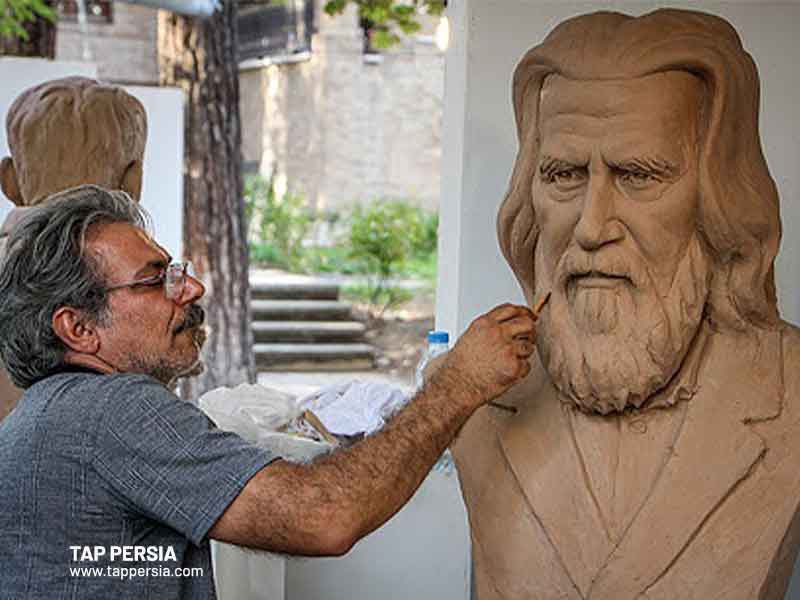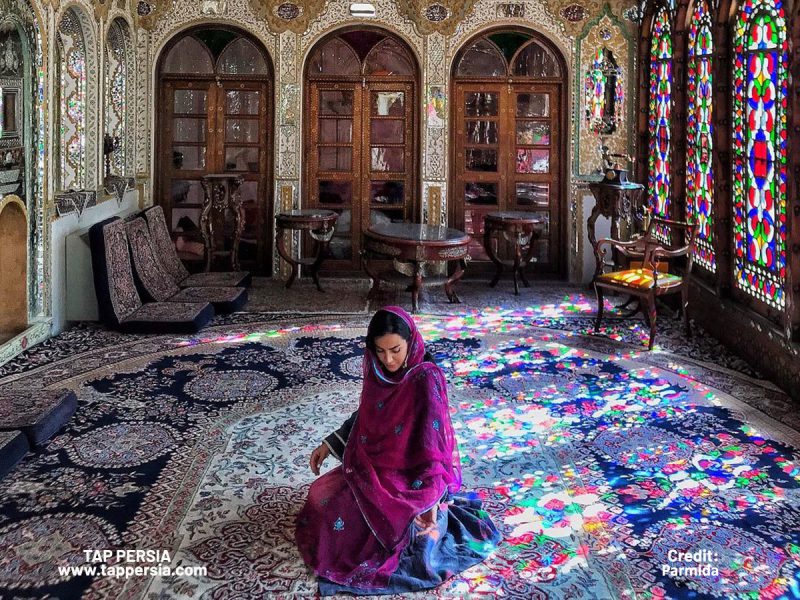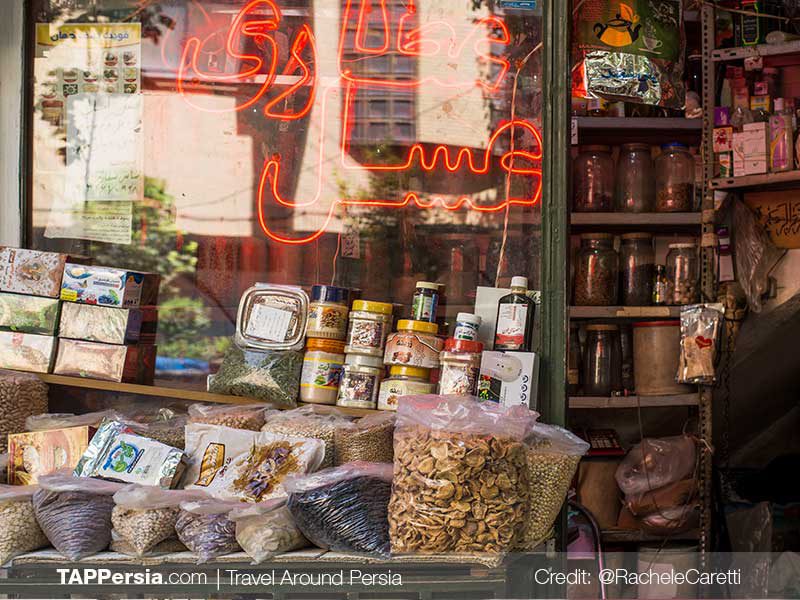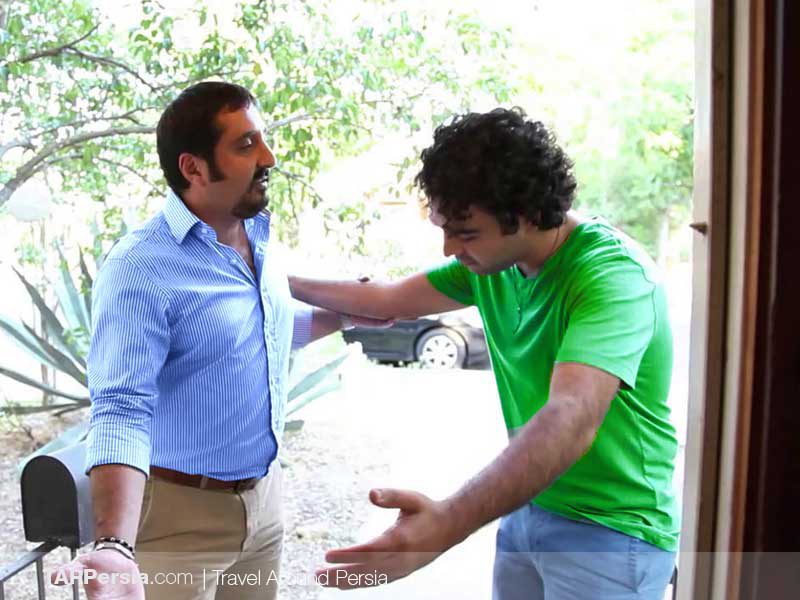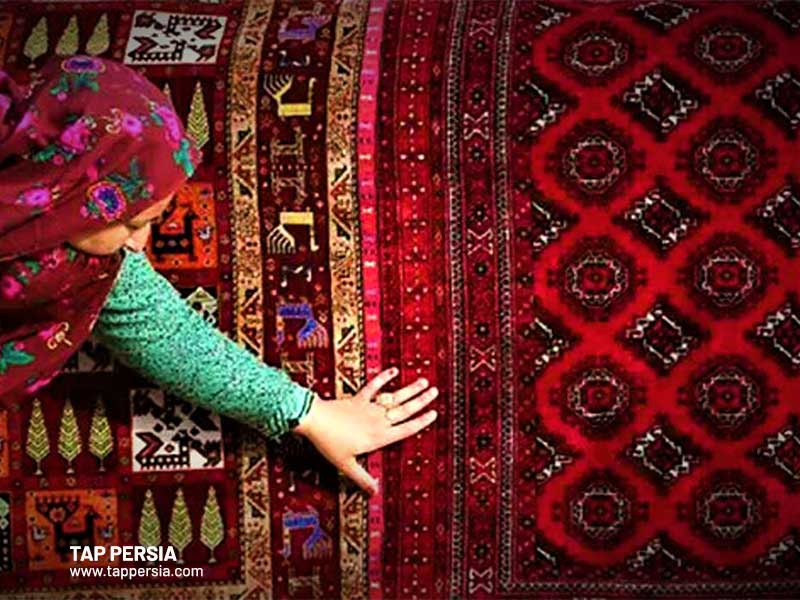
Rugs from Iran are well known throughout the world and play a significant role in Iranian culture. They are thrown to the ground and trodden on, which seems almost ironic given how time- and labor-consuming this kind of art is. You might have wondered that “how are Persian rugs made(Persian rug materials)?”
Genuine Persian carpets are hand-woven or hand-knotted from premium fibers by expert artisans to create stunning and intricate designs and patterns.
Read on to know more about the details of Persian rug weaving to answer your question about how Persian rugs are made.
Persian Rugs History
Before jumping into the description of how Persian rugs are made, we’ll first talk about their history. Prior to what is regarded as the “Golden Age” of Persian rug production, regular people created informal rugs with straightforward, diverse patterns. Later, during the Safavid era in the 16th century, when Shah Tahmasp constructed carpet-manufacturing facilities at the court, carpet-making developed into a more established craft, and possessing rugs became a sign of social rank.
The masterpieces that later came to be known as Persian rugs were created by weavers who started to add increasingly complex, formal motifs. Because of its relatively narrow border, which lets the Persian rug’s core shine through, this beautiful Tabriz rug stands out from others in its class. Elegant contrast is created between the flower motifs seen throughout and the thin border’s deep crimson background. The antique rug’s central area, where these same elements are magnified in terms of scale and color, is where they are most clearly defined. As a result of the expert use of vivid highlighting, the floral pieces overlap, emphasize their individual forms, and stand out on their own.
Shah Abbas implemented a plan to rebuild the economy, which included the Persian carpet business, in the late 16th century. He negotiated alliances with European nations like Spain and England and brought silk traders to Isfahan, the country’s capital at the time. After the Afghans conquered Iran in 1722, Persian carpet production fell off until a surge in demand in Europe in the late 19th century.
Discover the diverse types of Persian rugs in this concise article.
Persian Rug Foundations
You might be wondering how to weave a Persian rug. A rug’s underlying framework serves as its basis. The warps and wefts make up this foundation, which is where the pile is knotted.
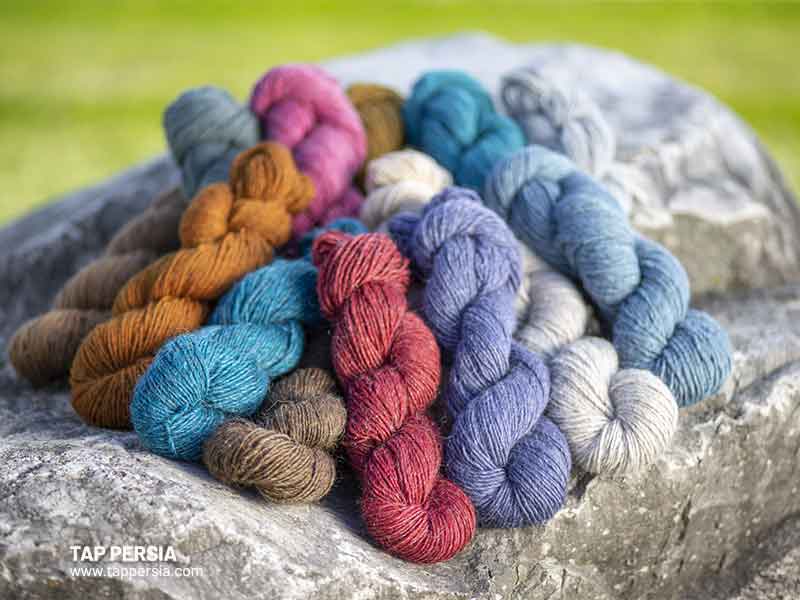
1. Warp
The term “warp” describes the vertical threads that go up and down a rug. Because the knots are tied to them, they are crucial to the rug’s creation. Additionally, the wefts are positioned in their spaces to secure the knots. A rug’s fringe is made up of the warp’s tied loose ends.
2. Weft
The knots are held in place by the weft. Each row of knots is compacted and a tight structure is made by the weft strand being combed and pounded down before and after each row.
Most rugs use cotton as their warp and weft, however, certain tribal rugs have wool as their basis and elaborate silk rugs frequently have silk as both the foundation and the pile.

The term “pile” describes the substance or fiber used to weave the rug. Persian carpets are often made out of cotton, wool, and silk. Tribal weavers occasionally use wool from camels or goats.
Persian Rug Dyes
Before a rug is knotted, the wool or silk is treated and colored. There are differing opinions on rug dyes, with most traditionalists advocating the use of purely vegetable dyes. The opposite claim is that since chemical dyes have been around for more than a century, many colors and patterns simply could not be produced using exclusively natural dyeing methods.
Natural dyes frequently offer a more subdued and real palette. In contrast, rugs dyed with chromium can be more colorful, energetic, and bright than those dyed with plant and animal materials. It truly depends on the appearance you’re going for.
While certain vegetable dyes are more colorfast than chrome dyes, some are more colorfast than chemical dyes. It truly is a subjective thing.
1. Natural & Vegetable Dyes
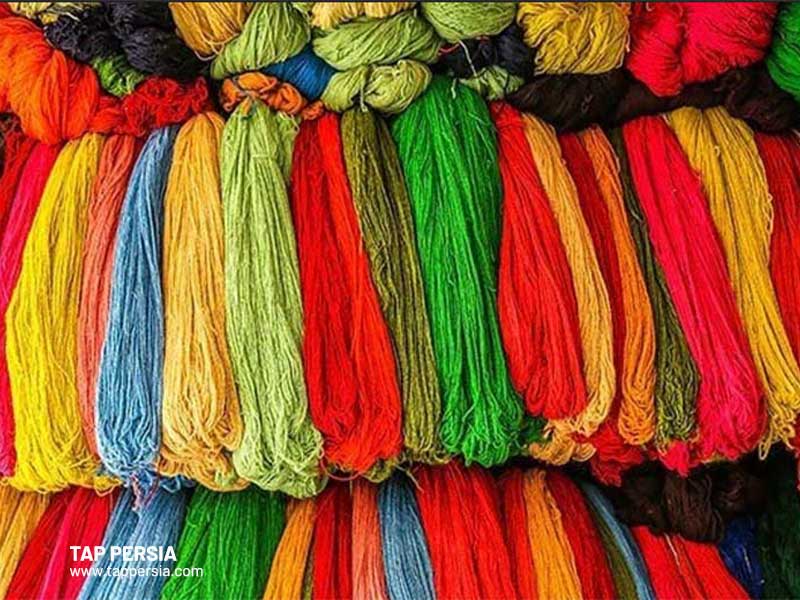
Natural dyes produce some of the most stunning hues; not only do they appear more authentic, but they also typically last longer than chemical dyes.
All shades of blue are derived from indigo, which is made by fermenting the indigo plant’s blooms. The solution turns amber in color after about a week of fermentation. When wool is soaked in the solution and dried outside, the wool oxidizes and turns blue. Different colors can be produced by combining different dyes; for instance, indigo and saffron together generate green.
Saffron, pear leaves, and almonds produce different hues of yellow, and buckthorn berries. Older rugs frequently contain madder, the most popular plant-based dye that produces a crimson color. Black is produced by soaking previously colored brown wool in indigo or by utilizing dyes extracted from Central American or West Indian logwood trees. Cochineal is a tiny bug, and when the female is roasted and ground into a powder, it turns purple. The combination of red and indigo led to the creation of a variety of purple hues.
The more wool that was colored in a single dye pot, the weaker the colors become, as dyers long ago recognized. This idea of depleting dyes is advantageous to dyers. Bold, deep color is produced during the initial dyeing. Later coloring in the same dye pot results in softer, lighter hues. Additionally, dyers became adept at blending colors to create various hues.
For example, there is no “vegetarian” dye ingredient that produces green, a crucial color if you want to weave a floral pattern. The wool is first dyed blue, then it is dyed once again with yellow to create green. A vegetable-dyed rug’s green hue is usually uneven, appearing more blue-green in some areas and more yellow-green in others, if you look at it carefully. The technique of double-dyeing is the reason for this.
Therefore, dyers may create a very wide palette of colors from a very small variety of materials by combining some dyes through overdying wool and using the theory that depleted dyes produce diverse hues.
2. Chrome Dyes
In the late 19th century, aniline dyes were brought to the Persian region, but these early dyes proved to be inappropriate for rug yarns since they generated unrefined colors that faded quickly. The Persian government enacted rules prohibiting the import of these aniline dyes at the start of the 20th century and ordered that any dye shops found to be manufacturing them be set ablaze.
Any weaver found using the illicitly colored yarn risked harsh penalties. Before the introduction of the more trustworthy chromium dyes during the First and Second World Wars, Persian weavers went back to using natural colors. These efforts for how Persian rugs are made were successful. Modern chrome dyes are exceedingly dependable, colorfast, and available in a variety of appealing hues and tones. Today’s rug shoppers may be confident that the colors will only get better over time.
3. The Meaning of Colors
Colors have meanings in every culture, and these meanings are quite significant in how Persian rugs are made. Despite being less frequently used in Muslim nations where green is regarded as ‘Mohammed’s coat’ and so considered sacred, it is a common color in Chinese carpets. The opposite is true with yellow in China, where it is frequently associated with the emperor’s colors. More often than not, people associate red with wealth and power.
Of course, the market desire for modern pieces essentially cancels out these cultural disparities.
Persian Rug Design
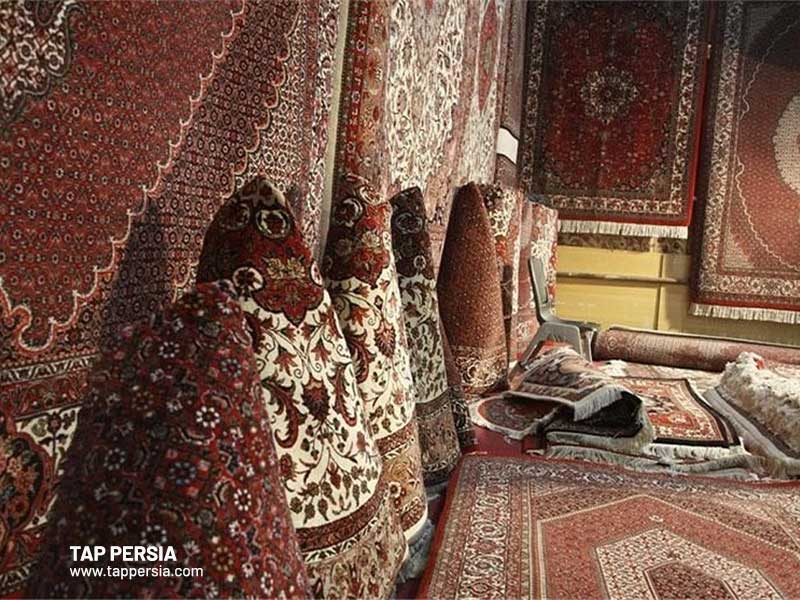
When talking about “How are Persian rugs made?”, a talented artist hand-designs the rug before it is knotted. City carpets are made using intricate design plates or cartoons, which are life-sized paint-by-numbers that indicate what color wool should be used for each knot.
However, the weaver’s imagination is used to create various indigenous items. Tribal and village carpets may use this technique to create typical motifs among other Persian rug techniques. Consequently, tribal rugs Compared to their city counterparts, tribal carpets contain more “errors,” which are signs of authenticity. Some collectors choose the unadulterated aesthetic expression of tribal carpets above the more standardized attraction of urban goods.
The Process
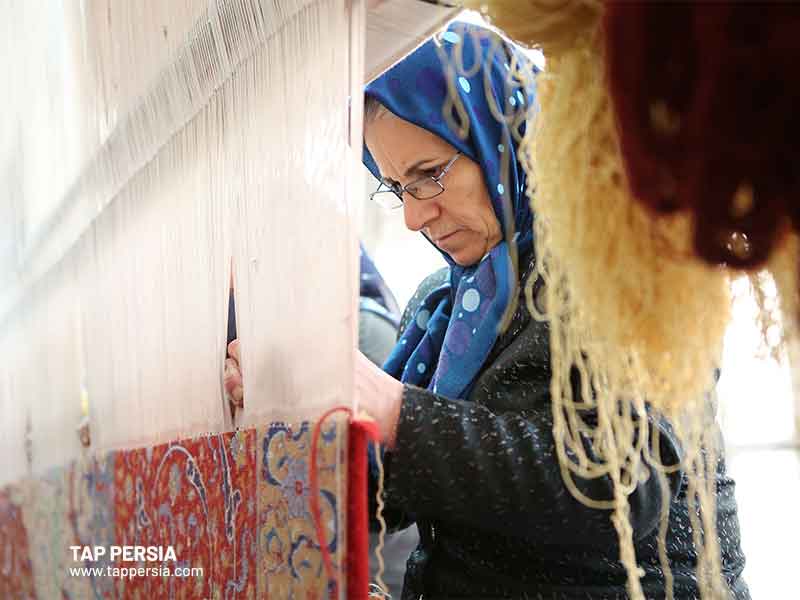
Traditionally, skilled carpet weavers used high-quality silk and dyes to hand-make what was considered the most valuable of Persian rugs. Today, rugs can be mass-produced by machines with cheaper materials like cotton or wool.
However, those made in detail by artisans that follow the traditional hand-making process see higher prices at auction, alongside vintage and antique rugs dating back to the Safavid period. The type of dye used also contributes to the value of the rug – natural dyes, due to their beauty and the knowledge and skill required to use them, are more expensive than synthetic dyes.
The conventional wooden loom on which antique Oriental rugs (including Persian rugs) were woven involved a “warp,” vertical strands of silk, cotton, or wool attached to two horizontal wooden beams, and “wefts,” strands of the same material woven horizontally over and under the warp. Rows of knots were then tied between wefts.
Having thousands of years of success and little need for change, this process is still used today. The higher the knot count per square inch of a rug, the finer it is and the more intricate its pattern. A Persian silk rug could have over 1,000 knots per square inch, though on average, rugs consist of 30 to 300 knots per square inch.
An Interwoven Meaning
A Persian rug is distinctive because it has a connection to the past—it is thought that carpet weaving has been practiced in Iran for at least 3,500 years, and each region and tribe has a different design aesthetic. Persian rugs are an important component of Iranian culture and art. With regards to how Persian rugs are made, Persian rugs are challenging to make because they include curved weavings rather than geometric ones, which require a great deal more expertise and time from the weaver. It can take a weaver a year or longer to finish the entire process of making a superb, handmade Persian rug.
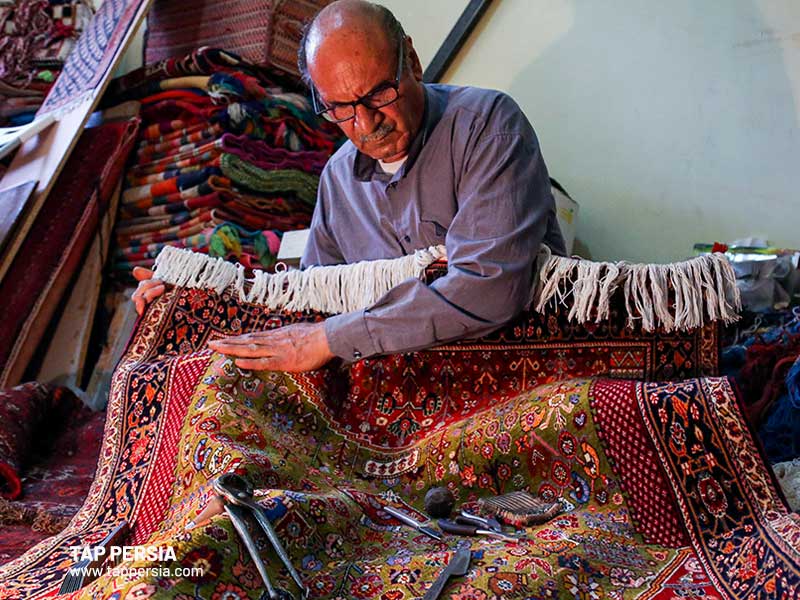
Long ago, different meanings were associated with different dye hues. Reds, for instance, are connected with joy, fortune, bravery, and riches; blue, with its associations of strength and integrity; and yellow, which represents the sun and is hence seen to be regal.
Persian rugs’ price can range from $15,000 to $40,000 depending on the type of material used, the color used, the age and time of origin, the size, and general upkeep, so now you also know why Persian rugs are so expensive.
How Do They Make a Persian Rug?
The knots on the majority of pile-woven Persian carpets are manually fastened to the warp strings. Knot density and knot type are key considerations when talking about knots. The number of knots per square inch serves as a measure of knot density (KPSI).
Are Persian Rugs Made by Hand?
In the past, valuable carpets were hand-woven by expert carpet weavers using the finest silk and colors. However, in the current period, similar carpets may now be mass-produced by machines using less expensive materials like wool or cotton. A handcrafted Persian area rug is the best option if you’re looking for something special.
What Makes a Persian Rug Persian?
The location of origin is the most defining characteristic that may be used to separate Persian carpets from other Oriental rugs. Various regions of the world, including Iran, Iraq, Pakistan, Tibet, Afghanistan, and Turkey, produce oriental carpets. However, Iran as it is known today is where Persian carpets are made.
What Makes an Authentic Persian Rug?
To put it simply, sewn-on fringes are absent from authentic Oriental or Persian carpets. The fringes are an essential component of the carpet since they are formed by the warp threads’ ends. It is quite likely that the rug is not a real oriental rug if the fringes are seen stitched onto the back of it.




